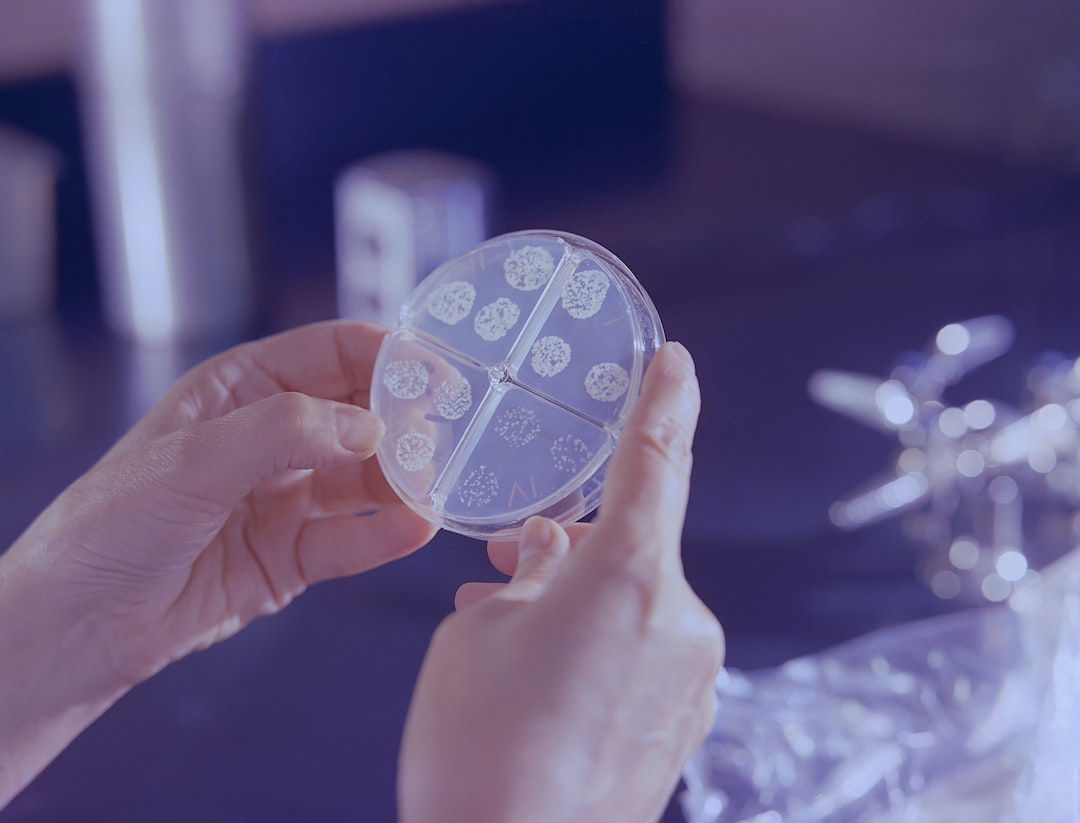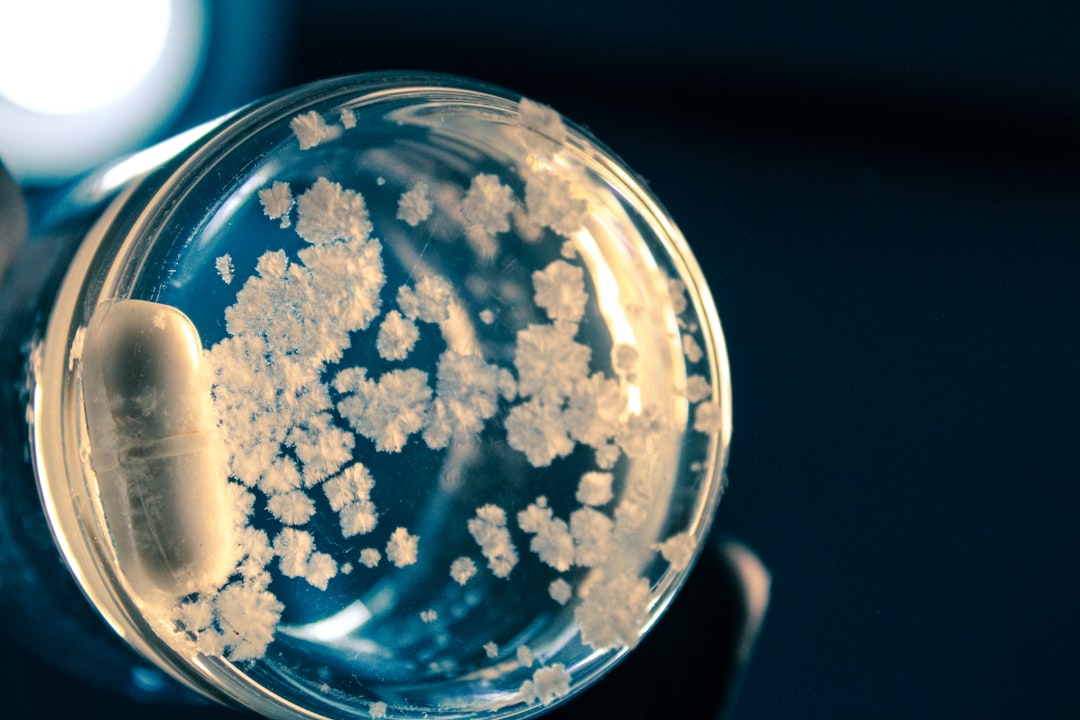What is it about?
There is a dire need for novel drugs to treat C. difficile infection (CDI). This paper aimed to identify novel natural products that can be effective at treating CDI. Our work identified a hit natural product (obtained from Streptomyces sp.) that was even more effective than the standard-of-care antibiotics in inhibiting C. difficile in vitro and could also protect 100% of the mice from C. difficile disease pathogenesis in an acute phase infection model of CDI
Featured Image

Photo by CDC on Unsplash
Why is it important?
C. difficile is a prominent human pathogen that can colonize the gut and cause fatal infections. Over the last two decades, there has been a significant rise in the incidence of severe cases of C. difficile infection (CDI). Dysbiosis of the intestinal microbiota caused by antibiotic use renders a person vulnerable to CDI. Paradoxically, the first-line treatment agents for CDI are antibiotics. Although effective against C. difficile, treatment with antibiotics exacerbates the state of dysbiosis of the intestinal commensals and there is a high rate of recurrence of infection. In the era of ever-increasing infections, we are yet to deliver therapeutics that are effective in treating CDI and address the looming crisis of infection recurrence. Our findings identified a natural product obtained from Streptomyces sp. that could inhibit C. difficile in vitro and could also protect 100% of the mice from C. difficile disease pathogenesis in an acute phase infection model of CDI
Perspectives
This work led to the identification of a natural product inhibitor of C. difficile. In my opinion, this finding is of significance since most of the antibiotics are natural products and the work here leads to the discovery of a new molecule that can be an addition to our current arsenal of antibiotics to treat C. difficile infection.
Rusha Pal
Beth Israel Deaconess Medical Center
Read the Original
This page is a summary of: Discovery of a novel natural product inhibitor of Clostridioides difficile with potent activity in vitro and in vivo, PLoS ONE, August 2022, PLOS,
DOI: 10.1371/journal.pone.0267859.
You can read the full text:
Resources
Contributors
The following have contributed to this page










